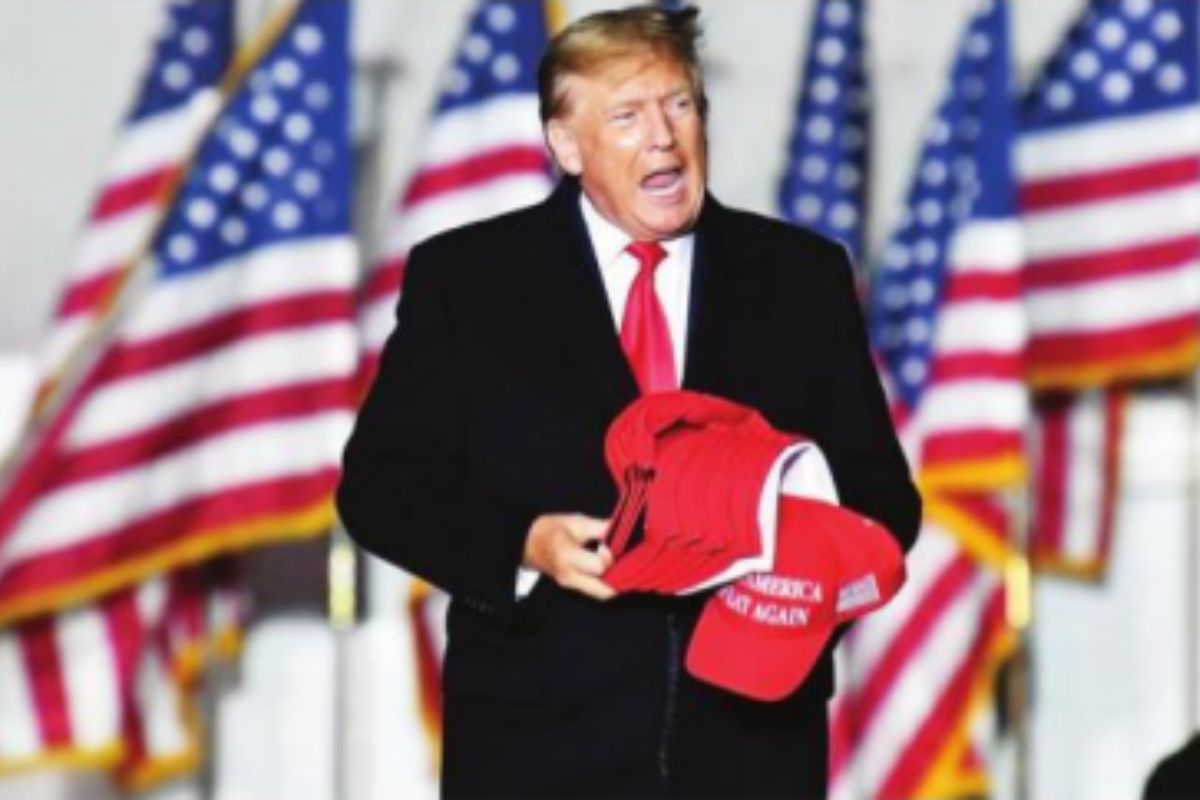Former President Donald J. Trump is so far ahead in the race to secure the Republican Party’s nomination for the 2024 US election that the rest of the contenders are widely considered to be fighting for second place. Or, to paraphrase Mr Trump after the recent Republican presidential debate, the rest of the field is essentially vying to be the vice-presidential nominee to run on his ticket. That there is an element of truth to this assertion cannot be denied. Mr Trump’s gameplan is clearly not to get into an unnecessary political slugfest with his party rivals for the presidential nomination when he is so far ahead but to focus on expanding his support base, especially among America’s white working-class voters who have traditionally voted Democrat.
As President Joe Biden struggles in his re-election bid with his age and physical frailty becoming talking points, the Trump campaign has evolved a sharp, focussed agenda. In a campaign template that is likely to be repeated across the USA’s industrial heartland, the populist former president last week reached out to automobile industry workers in Detroit criticising Mr. Biden’s electric vehicle mandate and announcing that a Trump Administration would ensure internal combustion engines powered by petrol and diesel continue to be manufactured and sold across the country and exported abroad. Crucially, Mr Trump is focussing on non-unionised workers; the unions are unlikely to break ranks with the Democratic Party which has been their strongest support. As a recent Brookings Institution paper iterates, the struggle between Democrats and Republicans over the working-class vote is a story that stretches back more than half a century. From the New Deal through the mid-1960s, these Americans formed the heart of the Democratic coalition, whose string of victories was interrupted only by the war hero Dwight Eisenhower.

But after Lyndon B. Johnson’s landslide victory in 1964, discord over the Vietnam War, race, and the counterculture began to divide college educated and non-college Democrats. Unlike more upscale Democrats, white workingclass voters supported the war, opposed the counterculture, and opposed racial integration when it seemed to threaten their neighbourhoods, schools, and jobs. The social profile of his target group explains Mr Trump’s stand on disallowing gender reassignment surgery, for example.
He thus claims to be the only true defender of both working-class interests and values. Mr Trump denounces globalisation, unfair trade deals, and China’s rise, which he has argued has come at the expense of American workers. Mr Trump is showcasing his record as president to buttress his claim that he is the workingclass champion. He is reminding voters that by drawing back from international economic institutions, pursuing a more protectionist strategy on trade, and calling out Chinese exports to the USA as an assault on American workers, he had protected their interests. Mr Trump doubled down on his key message in Detroit that President Biden’s electric vehicle mandate is a sell-out to “radical environmentalists”, would destroy autoworkers’ jobs, and result in EVs being made in China. The same scare-tactics will likely underpin the Trump campaign aimed at workers across industries.











